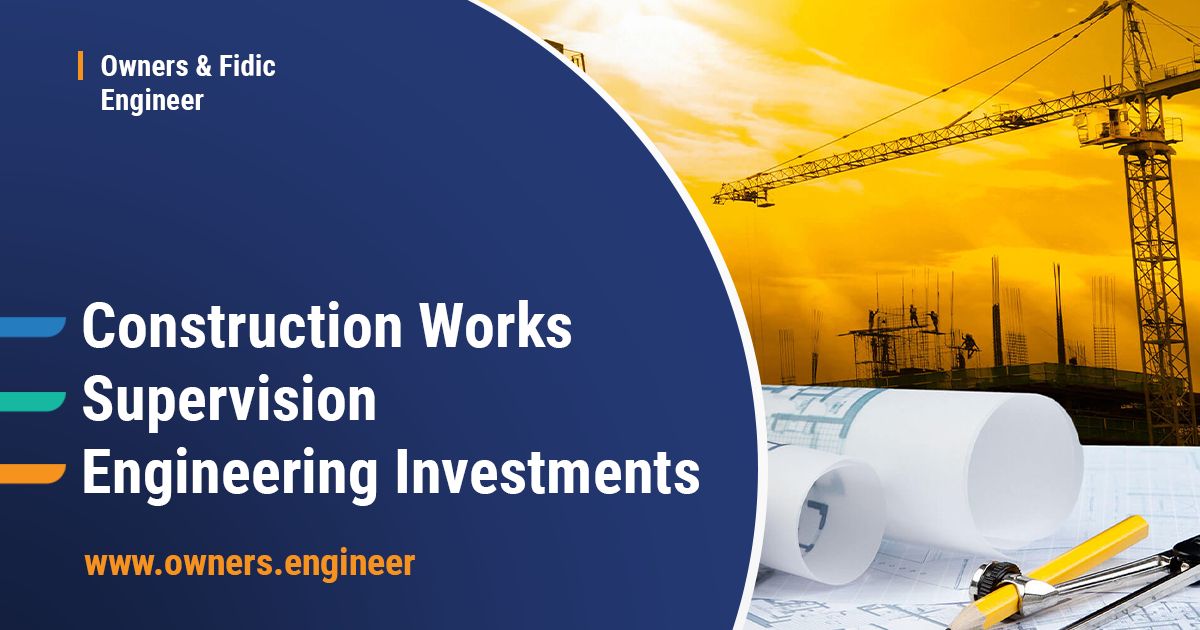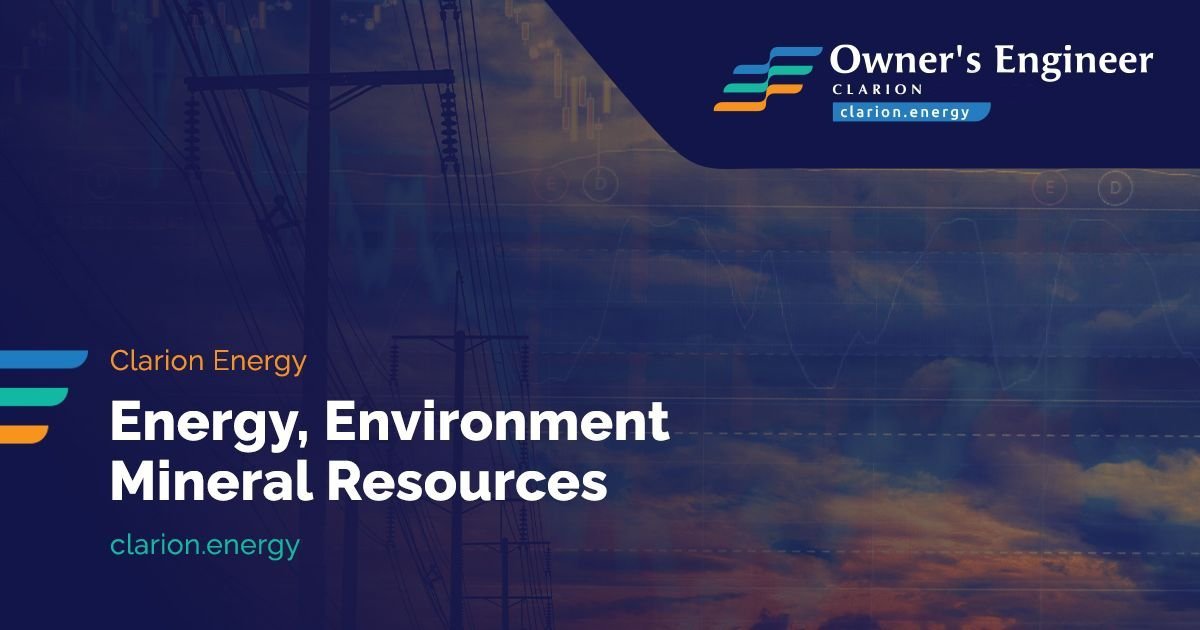Electrical works form the nervous system of any modern infrastructure project — from wind farms, substations, and industrial plants, to smart buildings and urban energy grids. The precision, safety, and reliability of electrical systems define the overall integrity of the project.
At the center of this process stands the Supervisor of Electrical Works — the professional responsible for ensuring that all electrical installations are designed, constructed, and tested in accordance with approved drawings, standards, and the Employer’s technical requirements.
In large-scale projects executed under FIDIC EPC or Design-Build frameworks, this person usually operates as part of the Owner’s Engineer (OE) team — the investor’s technical guardian on site.
The supervisor’s mission: Quality, safety, compliance
Electrical supervision is not just about visual checks or paperwork — it’s a continuous process of technical verification and control.
A professional Supervisor of Electrical Works is expected to:
- Review and approve design documentation (single-line diagrams, control schematics, protection settings, earthing layouts, and cable routing plans).
- Monitor installation works — from excavation of cable trenches and laying of HV/MV/LV cables, to erection of switchgear, transformers, and control panels.
- Verify conformity of materials with approved manufacturer data sheets, test certificates, and international standards (IEC, EN, ISO).
- Supervise pre-commissioning and commissioning of electrical systems, ensuring correct functionality of protection relays, synchronization, SCADA communication, and safety interlocks.
- Enforce safety protocols (HSE) — especially during live testing, heavy-lifting of transformers, and energization procedures.
- Document all inspections through site reports, checklists, and Non-Conformance Reports (NCRs), creating a transparent record for the Employer.
In practice, this role combines the precision of an engineer, the vigilance of a safety officer, and the authority of a contract supervisor.
Integration with the Owner’s Engineer (OE)
Within large construction projects, the Supervisor of Electrical Works functions as part of the Owner’s Engineer’s multi-disciplinary team, alongside civil, mechanical, and HSE specialists.
The OE’s mission is to protect the investor’s technical and contractual interests throughout project execution. The electrical supervisor is therefore the specialist authority for all electrical aspects, including:
- Reviewing the Contractor’s Quality Plan and Inspection & Test Plan (ITP) for electrical works.
- Approving method statements for cable laying, terminations, earthing, and equipment installation.
- Witnessing Factory Acceptance Tests (FAT) and Site Acceptance Tests (SAT).
- Coordinating interfaces between electrical, civil, and automation disciplines.
- Advising the Employer’s Representative on compliance issues and risk areas.
In short, the Supervisor ensures that what was engineered on paper is precisely realized in the field — safely, efficiently, and traceably.
The investor’s perspective: Trust through technical oversight
For the Investor (Employer), the Supervisor of Electrical Works represents more than a technical expert — they are the assurance of investment integrity.
Electrical installations are among the most expensive and safety-critical components in any industrial or renewable-energy project. Mistakes in cable sizing, earthing, or protection logic can lead to catastrophic downtime, financial loss, or safety incidents.
Through the OE’s supervision, the Investor gains:
- Independent verification that works meet contract and standard requirements.
- Transparent quality documentation for audits, operation, and future warranty claims.
- Early detection of defects before energization.
- Confidence in taking over the asset for operation or O&M phase.
In many EPC wind-farm or substation projects, Investors rely entirely on the OE’s electrical supervisors to confirm readiness for energization and compliance with utility grid codes — a role that carries immense responsibility.
Technical Scope: From design review to energization
A competent Supervisor of Electrical Works manages every stage of the electrical scope, typically including:
1. Design review and pre-construction phase
- Review of drawings, load lists, and coordination studies.
- Cross-checking protection selectivity, earthing resistance, and cable derating factors.
- Verification of interface points with the transmission operator or existing facilities.
- Commenting on contractor submittals and ensuring document traceability.
2. Construction phase
- Supervision of trench excavation, duct installation, and cable pulling.
- Inspection of transformer foundations and embedded conduits.
- Verification of torqueing, gland installation, labeling, and termination quality.
- Ensuring segregation between power, control, and communication cables.
- Daily coordination with civil and mechanical supervisors.
3. Testing and commissioning phase
- Witnessing insulation resistance tests, HiPot, ratio, and winding resistance measurements.
- Verification of protection relay settings, tripping logic, and communication protocols.
- Reviewing and approving commissioning procedures.
- Supervising energization steps and verifying system response to load.
4. Handover and documentation
- Review of as-built drawings and test reports.
- Validation of O&M manuals, spare-part lists, and calibration certificates.
- Certification of system readiness for operation.
Safety: The non-negotiable priority
Electricity demands respect. A professional electrical supervisor enforces zero-tolerance for unsafe practices.
They ensure:
- Lock-out/tag-out (LOTO) procedures during maintenance or testing.
- Proper earthing of temporary installations.
- Compliance with arc-flash and PPE requirements.
- Coordination with the Contractor’s HSE team for work permits and risk assessments.
The OE’s electrical supervision ensures that energization is not rushed and that all safety verifications are documented — protecting both personnel and assets.
The role in renewable-energy and HV infrastructure projects
In renewable-energy developments — such as wind farms, solar plants, and HV substations — the Supervisor of Electrical Works plays a central role in:
- Supervising installation of step-up transformers, switchgear, inverters, and SCADA systems.
- Monitoring underground medium-voltage (MV) and high-voltage (HV) cabling networks between turbines, substations, and grid connection points.
- Ensuring compliance with national grid codes and utility specifications.
- Supporting Grid Code testing, synchronization, and performance verification with TSOs (Transmission System Operators).
Such projects often operate under tight deadlines and complex multi-contractor interfaces — making experienced supervision critical to maintain quality and coordination.
Documentation and reporting: The language of accountability
Every decision made by a Supervisor of Electrical Works must be traceable.
Daily site diaries, inspection forms, and deviation reports form the foundation of contractual communication.
At completion, this documentation enables:
- Transparent project close-out.
- Smooth handover to the O&M team.
- Legal protection for both Employer and Contractor in case of disputes.
Quality is what’s documented — not just what’s observed.
Guardians of electrical integrity
The Supervisor of Electrical Works embodies the technical conscience of a construction project.
They ensure that cables are not just buried, but correctly tested; that transformers are not just delivered, but properly installed; and that every energized circuit carries both power and trust.
In partnership with the Owner’s Engineer and the Investor, they transform complex designs into safe, reliable infrastructure that endures.
Their signature on a test sheet represents more than compliance — it represents confidence, responsibility, and professional integrity.
Powered by www.clarion.engineer












